These are 7 places mould hides in your home - how to spot and remove it quickly, according to experts
The mould hotspots you should be aware of
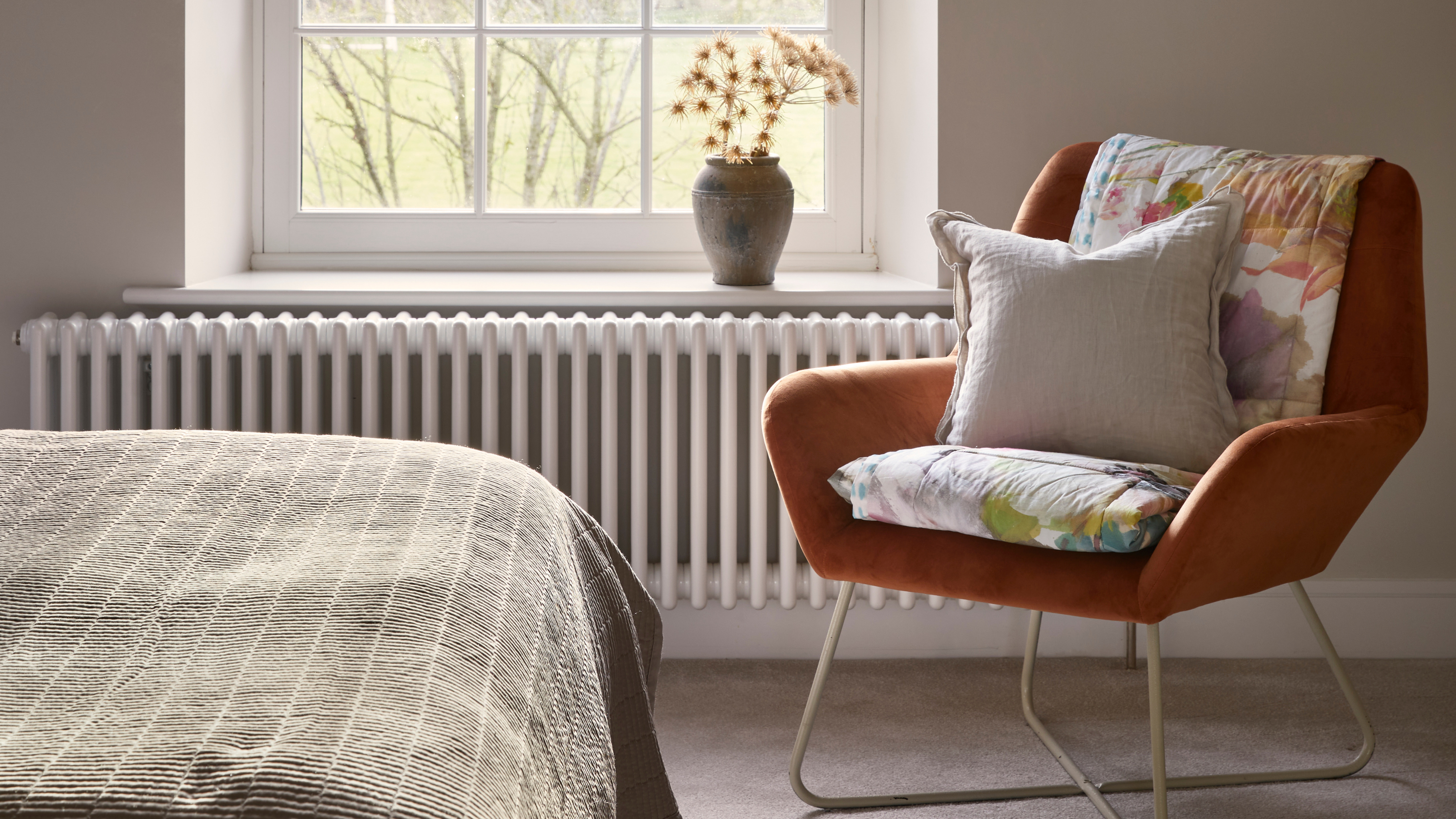

Mould - just the thought of it makes you shudder - but just how much does your stomach turn at the thought of hidden mould? There are plenty of places mould hides in our home and not all of it is obvious to us at first glance.
We all want to stop mould coming back, so it’s important to be aware of the warning signs of mould and damp. Spotting mould growth early and knowing how to clean mould effectively is vital for tackling this health hazard.
Luckily, experts have revealed the seven places mould likes to hide and what you should do when you spot it.

1. The fridge
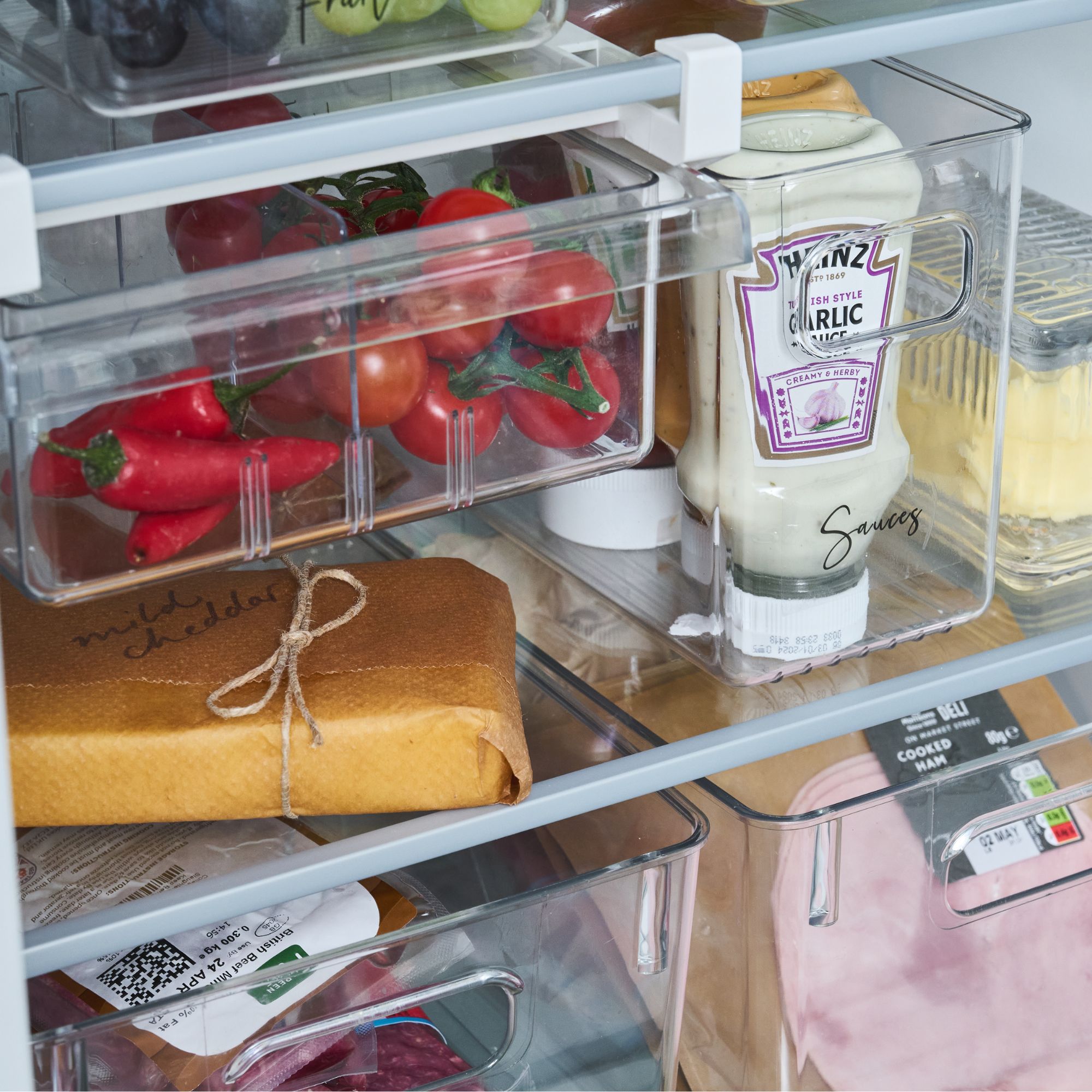
Moisture build-up from condensation can encourage the growth of mould inside your fridge. Moreover, spoiled food can also become mouldy, causing further growth inside your fridge.
Mould can thrive inside the humid environment of a fridge, mainly in expired or spoiled food items,’ says Polya Petrova, a cleaning professional at Fantastic Services.
‘To prevent that, regularly clean your refrigerator and discard any products past their expiration date, and if you find mould inside it, clean it with a mix of baking soda and water.
‘Wipe the shelves and drawers with it and provide proper ventilation and air circulation by not over-cluttering the fridge.’
Get the Ideal Home Newsletter
Sign up to our newsletter for style and decor inspiration, house makeovers, project advice and more.
It’s also recommended to dry off food items and packaging before placing them in the fridge.
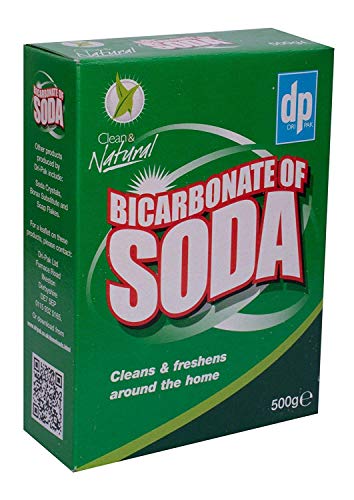
Bicarbonate Soda alters the pH level of the area you're cleaning, making it inhospitable for mould growth.
2. Blinds and curtains
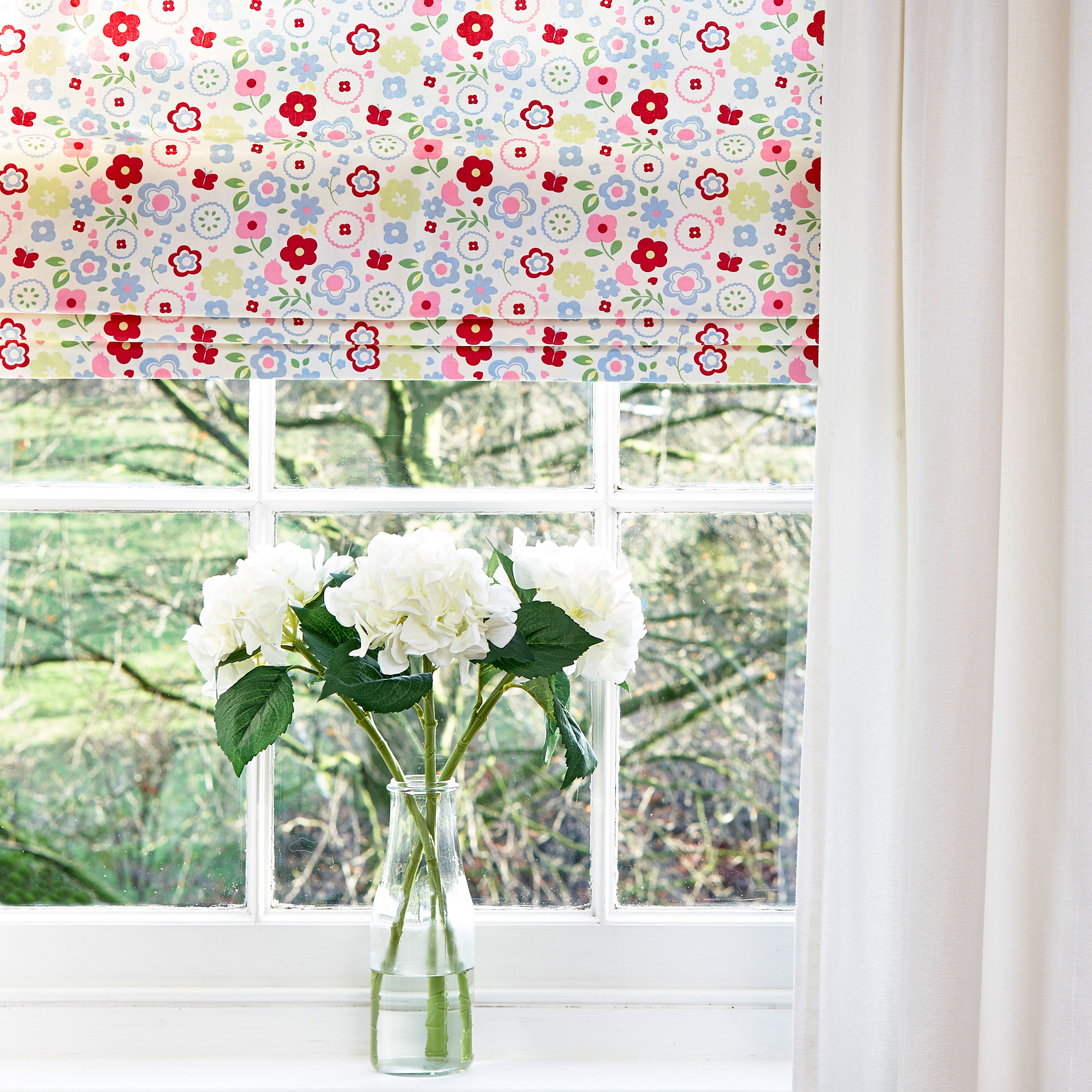
Windows are often prone to condensation which leads to damp and mould. As a result, mould can spread to your curtains and blinds.
‘Mould often develops in places where high humidity and poor ventilation persist, like around windows, inside the folds of curtains, and on the back of blinds,’ explains Victoria Robinson, product manager at Hillarys.
‘However, it can also hide in areas we don’t immediately think to check, such as behind furniture placed close to walls, under window sills, and even in the lining of heavy curtains.’
If mould gets into your upholstery, Victoria recommends placing a bowl of salt on your window sill. ‘Salt is a natural desiccant so will absorb moisture from the air, minimising condensation and mould growth,’ she says.
An alternative method is investing in one of the best dehumidifiers which should help minimise the condensation on windows.
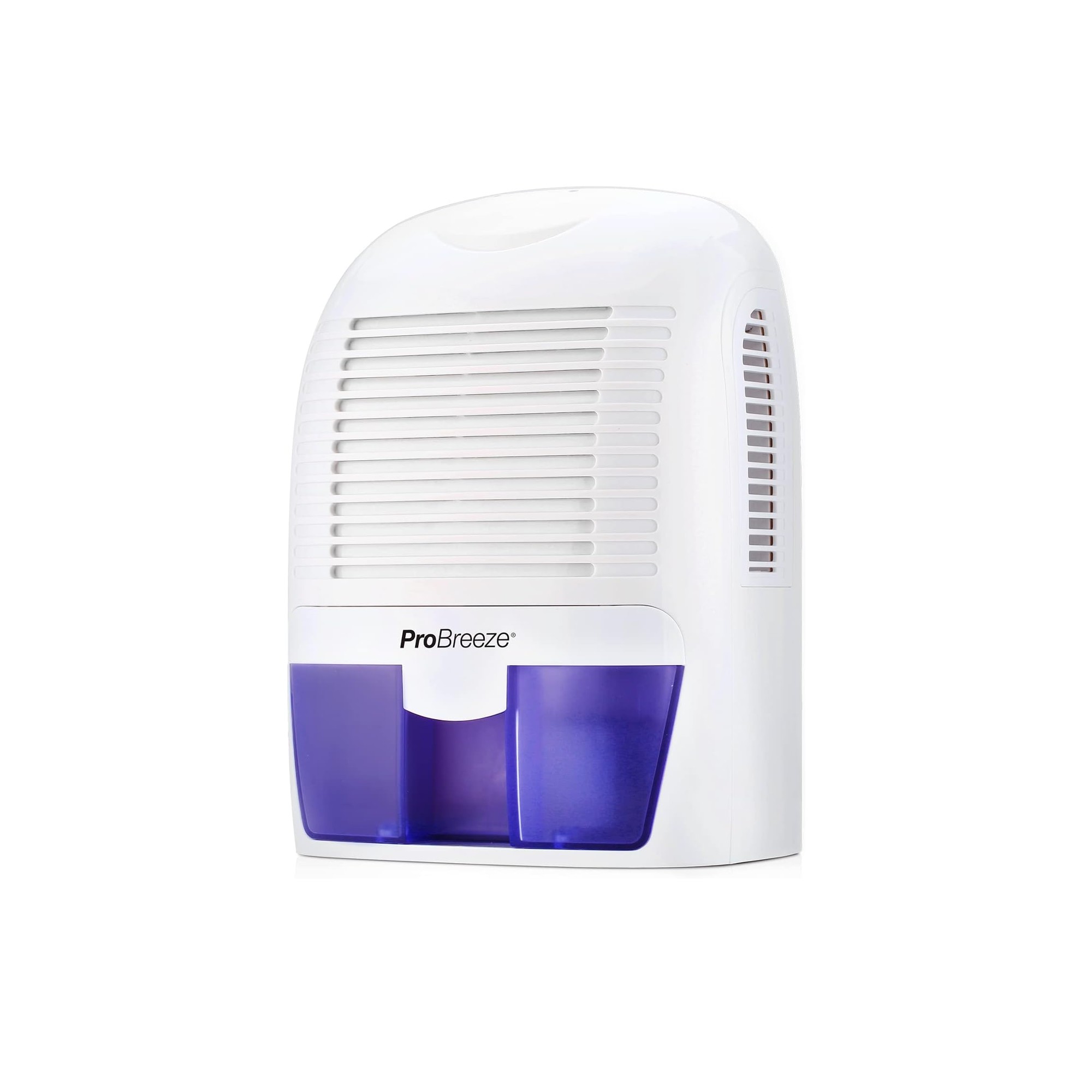
For under £100, this mini dehumidifier is a good investment for tackling smaller problem areas in your home where moisture can build up.
3. Inside your sofa

Mould can grow inside your sofa, with your sofa still looking visibly fine from the outside. This can cause structural damage and may even result in you needing to replace your sofa.
‘Hidden mould can develop in sofas due to trapped moisture, poor ventilation, or prolonged exposure to damp conditions. It's not always immediately visible, as it often forms inside the upholstery or within the sofa's structure, such as in the foam or wooden frame,’ says Monika Puccio, Head Buyer at Sofa Club.
Monika says the giveaway signs of this hidden mould are a musty odour coming from the sofa, health irritations such as skin irritation and worsened allergies. Dark spots, stains, or a fuzzy texture on or under the fabric may also be signs of mould.
4. The chimney

Your chimney is another mould hotspot that may otherwise go unnoticed.
Household mould thrives in dark, damp and humid environments, making chimneys and roofs the perfect spot for mould to grow. The earlier you spot the signs of excess moisture and mould by regularly inspecting your chimney and roof, the easier it will be to remove growing mould,’ says Dr Jonathan Kirby, Mould expert at Dryzone.
If you do find mould in your chimney, you should book a professional chimney sweep to remove it.
5. Bath mats

‘Similar to shower curtains, bath mats, especially those with rubber backing, are likely to cause mould growth. These trap moisture from wet feet and remain damp which creates a risk of growth both on the floor and the mat,’ says Rikki Fothergill, bathroom design expert at online bathroom specialist Big Bathroom Shop.
‘Wash bathroom rugs regularly in hot water and allow them to dry fully. Avoid placing them in direct contact with damp floors or use quick-dry mats made from materials like bamboo or microfiber.’
Look out for musty smells for signs of mould, however, it is recommended that you wash your bathmats at least once a week regardless of mould.
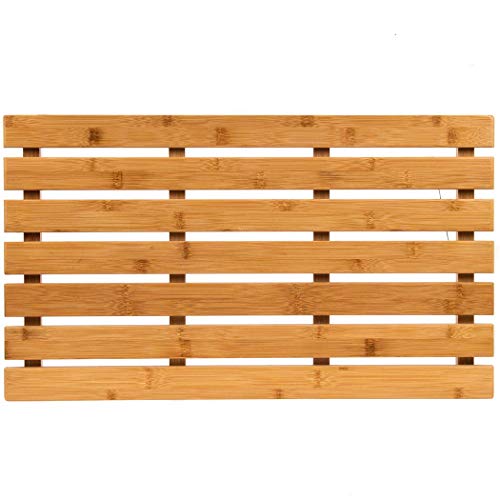
A bamboo bathmat is less prone to damp and mould than fabric mats. This is largely because bamboo is quick-drying and has antimicrobial properties.
6. Shampoo bottles
You’re probably already aware the bathroom is a mould hotspot, but unfortunately, this also extends to your shampoo and conditioner bottles.
Bottles of shampoo, soap, or other toiletries can collect water at their base, especially if left on damp surfaces, leading to mould growth,’ says Rikki. ‘Wipe down bottles after use, store them on shelves or racks with proper drainage, and avoid leaving them directly on wet surfaces like the bath edge or shower tray.’
Mould typically builds up around the bottom of your bottles, which are constantly in contact with water from your shower, and the mould spores can spread.
7. The kettle
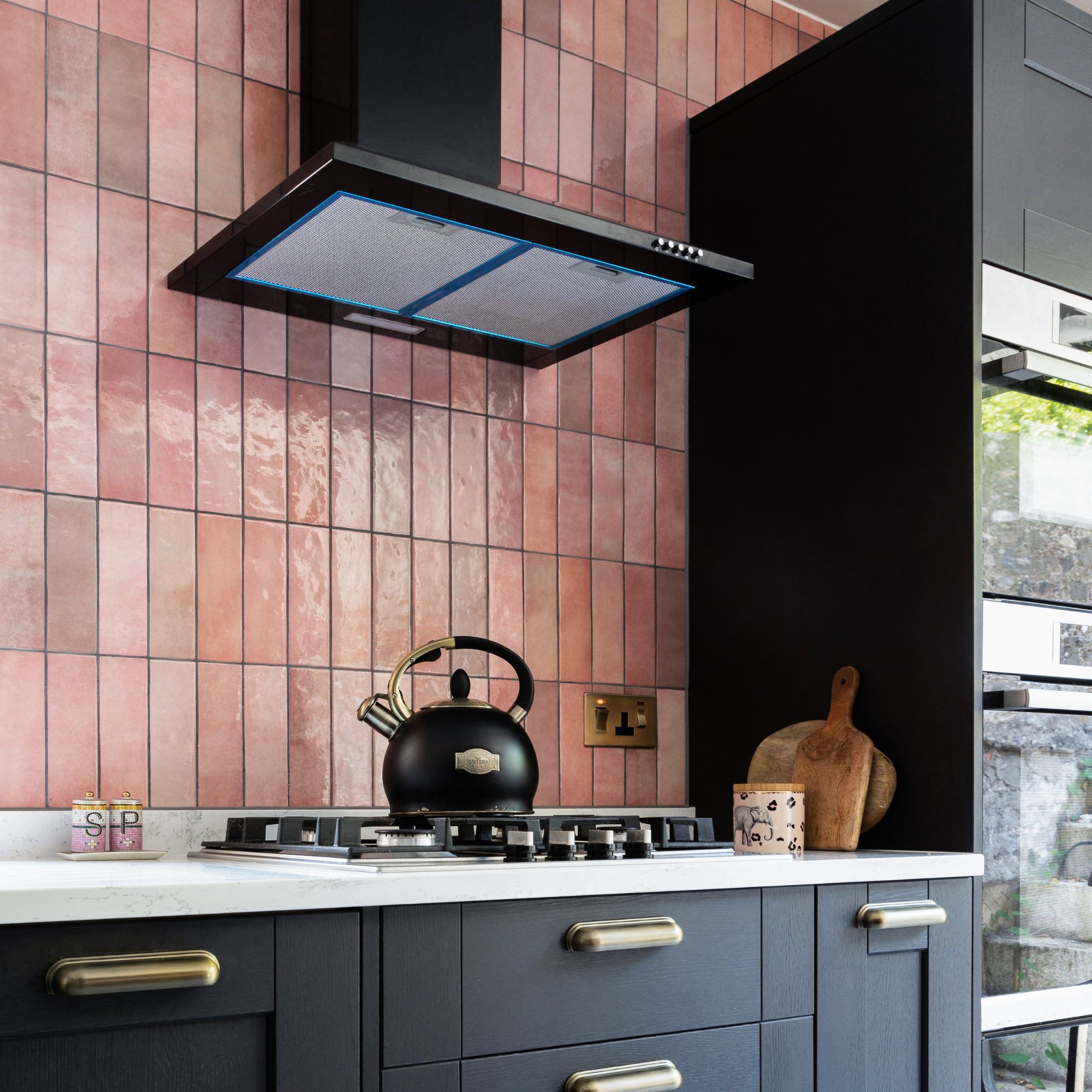
That’s right, mould can dry in your kettle - especially if you live in an area of hard water. You should already be descaling and cleaning your kettle every three months, but it’s also important to look out for musty smells and visible signs of mould so you clean it as soon as possible.
‘Mould can be found in kettles because of the warmth and humidity in them. To remove it, mix equal parts of water and white vinegar. Fill the kettle, boil the mix and let it sit for approximately 15-20 mins. Afterwards, remove it and rinse the kettle with water. This should be able to remove not only mould but also limescale,’ says Polya.
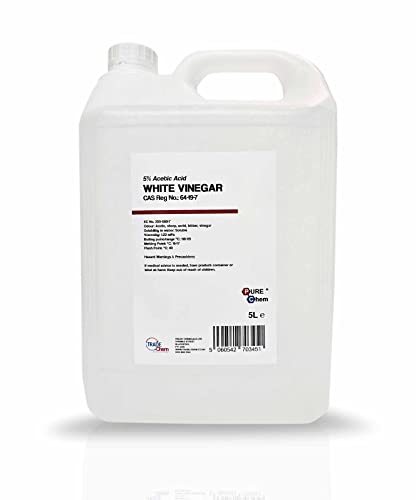
It's always handy having white vinegar in your cleaning cupboard. The acidity of the vinegar stops the growth of the mould and kills it.
Hidden mould is largely noticed by its musty smell and patches of discolouration on your items. Buy by keeping an eye on these seven hidden mould hotspots, tackling mould, damp and condensation will feel easier this winter.

Kezia Reynolds joined the Ideal Home team as News Writer in September 2024. After graduating from City, University of London in 2022 with a bachelor’s degree in journalism, Kezia kicked off her career spending two years working on women’s weekly magazines. She is always on the lookout for the latest home news, finding you the best deals and trends - so you don’t miss a thing!
-
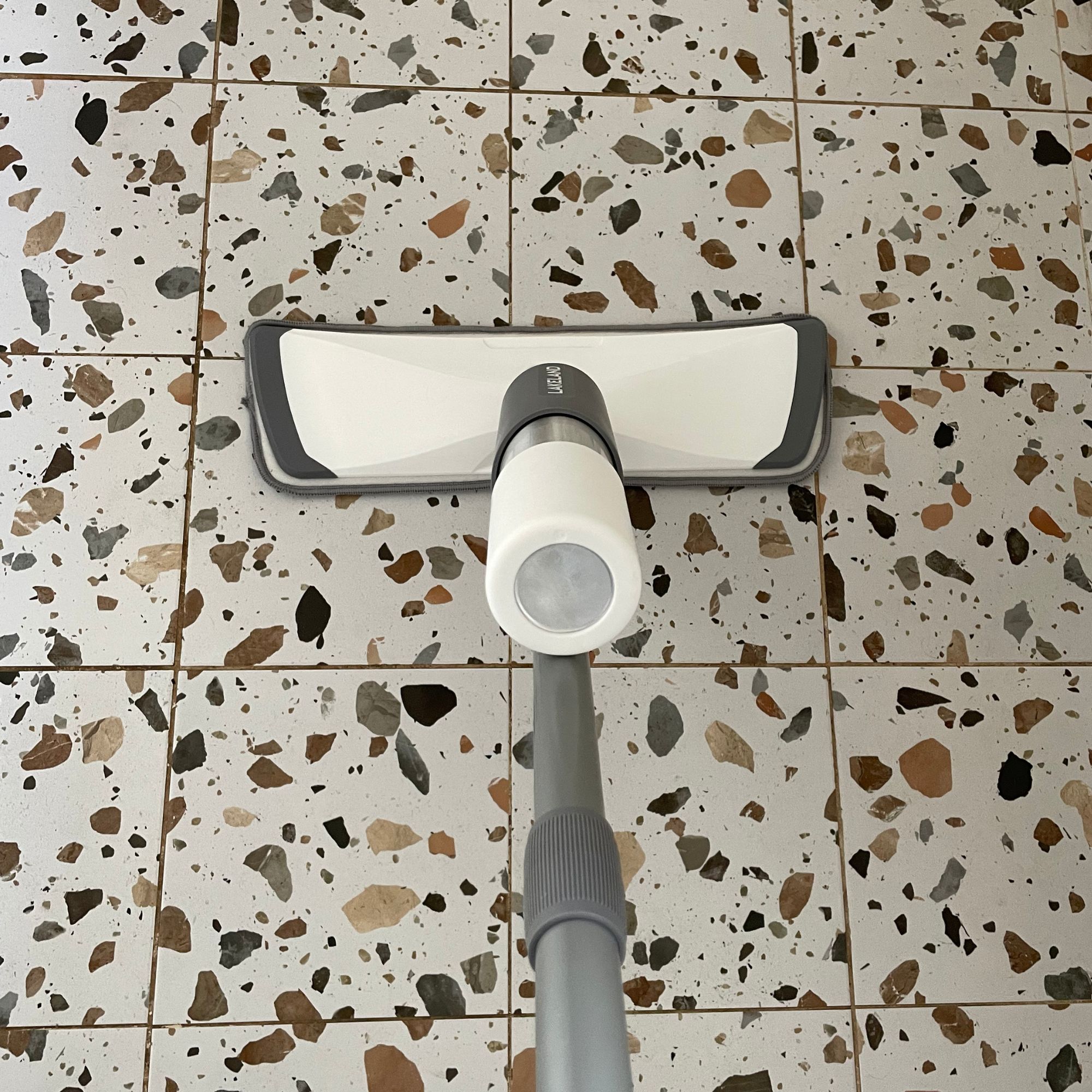 Experts warn that these 5 mopping mistakes are making your floors dirtier — and damaging your floors in the process
Experts warn that these 5 mopping mistakes are making your floors dirtier — and damaging your floors in the processThis is how to keep them clean and avoid costly damage
By Lauren Bradbury
-
 Move over, fences – dead hedges are the wild and wonderful alternative your garden will love and they're easier to build than you'd think
Move over, fences – dead hedges are the wild and wonderful alternative your garden will love and they're easier to build than you'd thinkThe perfect eco-friendly solution for small gardens
By Kayleigh Dray
-
 Did you know John Lewis can make your old curtains or rugs look like new? Their repair service is now available in all stores
Did you know John Lewis can make your old curtains or rugs look like new? Their repair service is now available in all storesJohn Lewis has added another string to its bow, and it's great news for your old homeware
By Kezia Reynolds
-
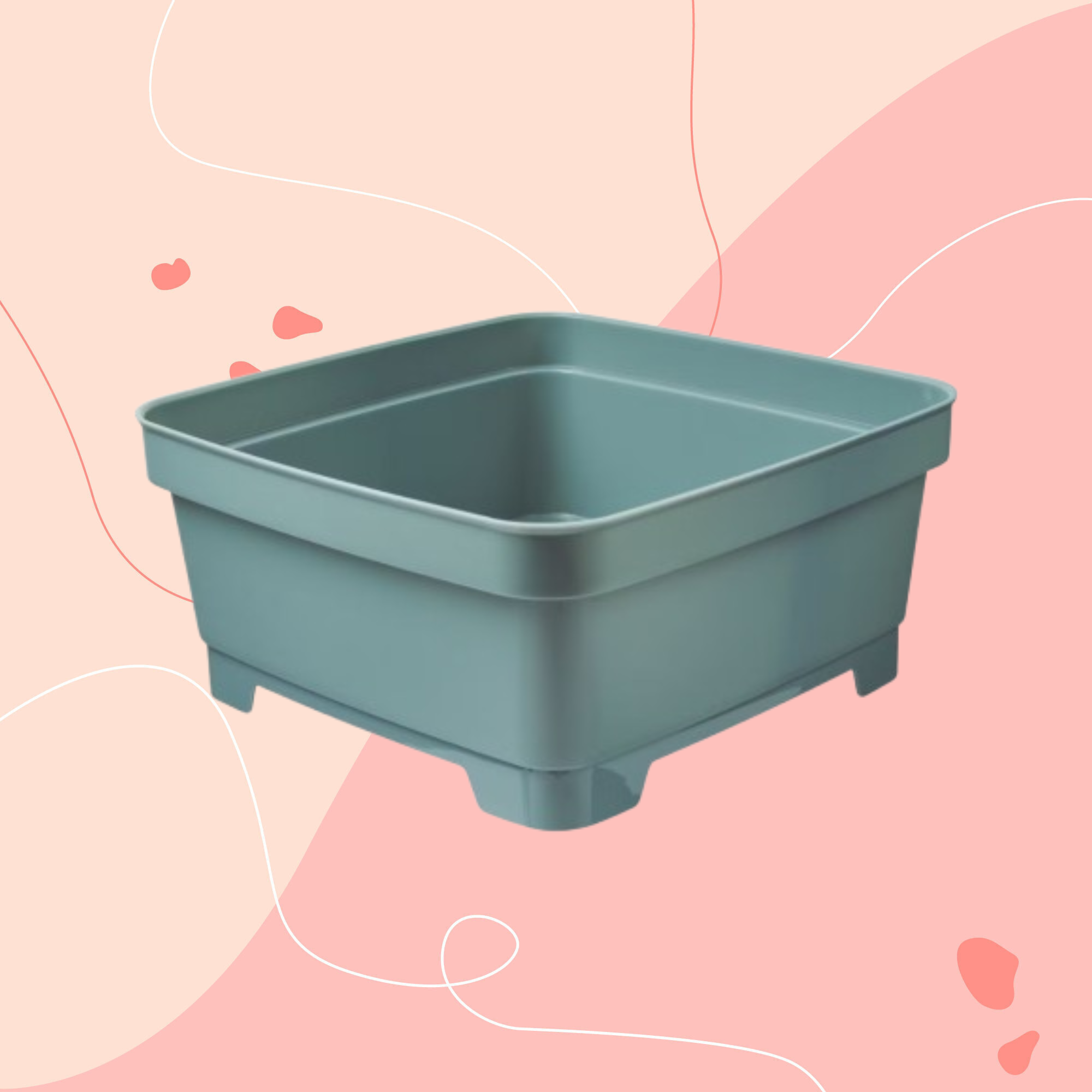 Aldi is releasing a budget alternative to the cult Joseph Joseph washing up bowl – it’s just £4.99
Aldi is releasing a budget alternative to the cult Joseph Joseph washing up bowl – it’s just £4.99The Joseph Joseph washing up bowl is an Ideal Home favourite - now we can't wait to try Aldi's alternative
By Kezia Reynolds
-
 I just bought my first home, and this £10 buy was the very first thing I bought for it to make it feel warmer and secure
I just bought my first home, and this £10 buy was the very first thing I bought for it to make it feel warmer and secureIf I did it all again, this would still be my very first buy
By Rebecca Knight
-
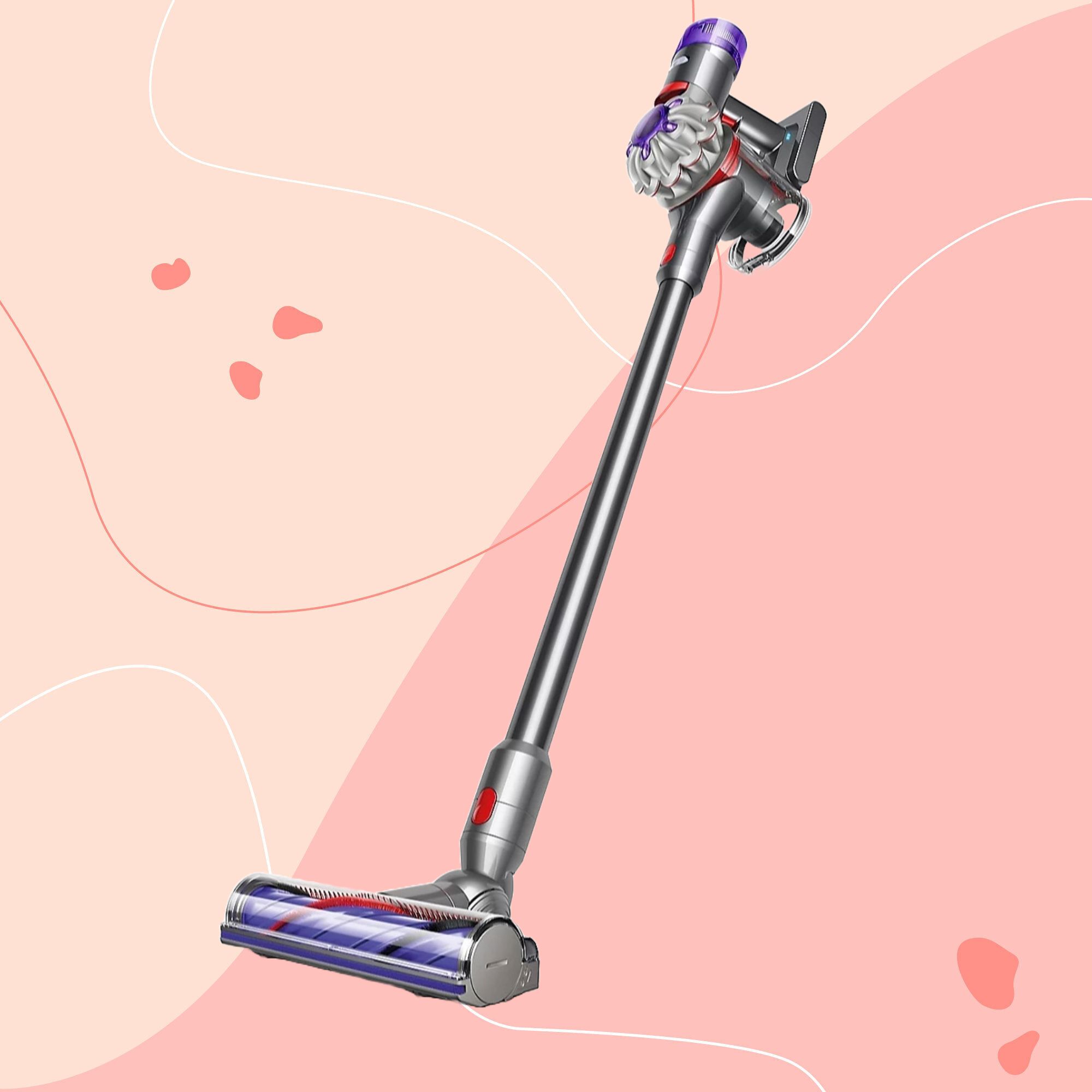 It’s normally impossible to find a Dyson vacuum for under £250 — but QVC has slashed the price of their bestselling models for a limited time
It’s normally impossible to find a Dyson vacuum for under £250 — but QVC has slashed the price of their bestselling models for a limited timeRun don’t walk to pick up the brand’s bestselling model for under £230 before it sells out
By Lauren Bradbury
-
 Catherine Zeta-Jones has revealed the cleaning product she swears by to keep her home fresh - and it’s just £8 on Amazon
Catherine Zeta-Jones has revealed the cleaning product she swears by to keep her home fresh - and it’s just £8 on Amazon'I use it on my counters. I use it on my walls. I use it on my doors. When I smell it, I know my house is clean.'
By Kezia Reynolds
-
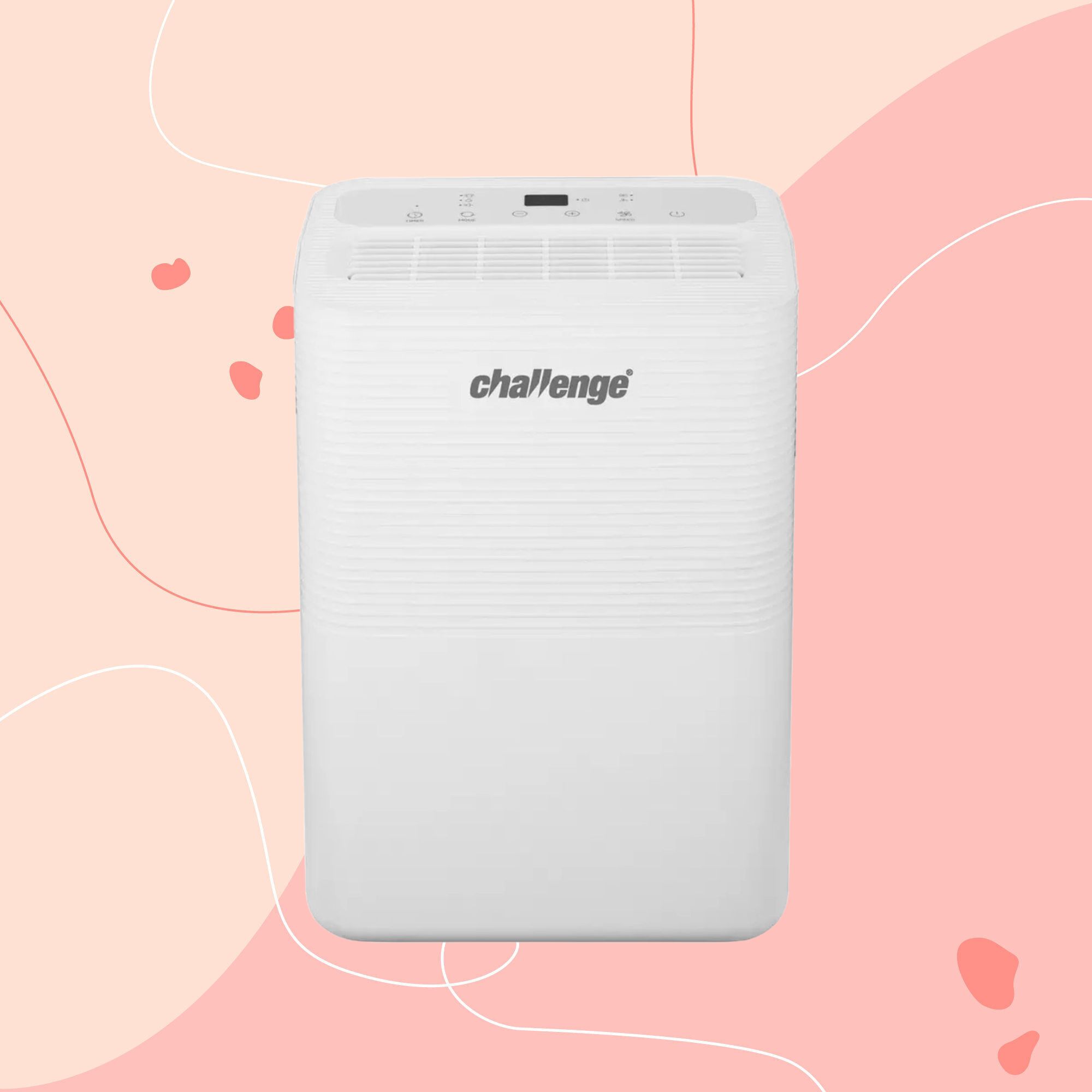 I tested the 12L Challenge dehumidifier in my damp Victorian home over winter — I haven’t spotted any signs of mould for the first time in five years
I tested the 12L Challenge dehumidifier in my damp Victorian home over winter — I haven’t spotted any signs of mould for the first time in five yearsThe Challenge 12L dehumidifier doesn’t have too many bells and whistles, but I can already see the difference it’s made to my damp home
By Lauren Bradbury
-
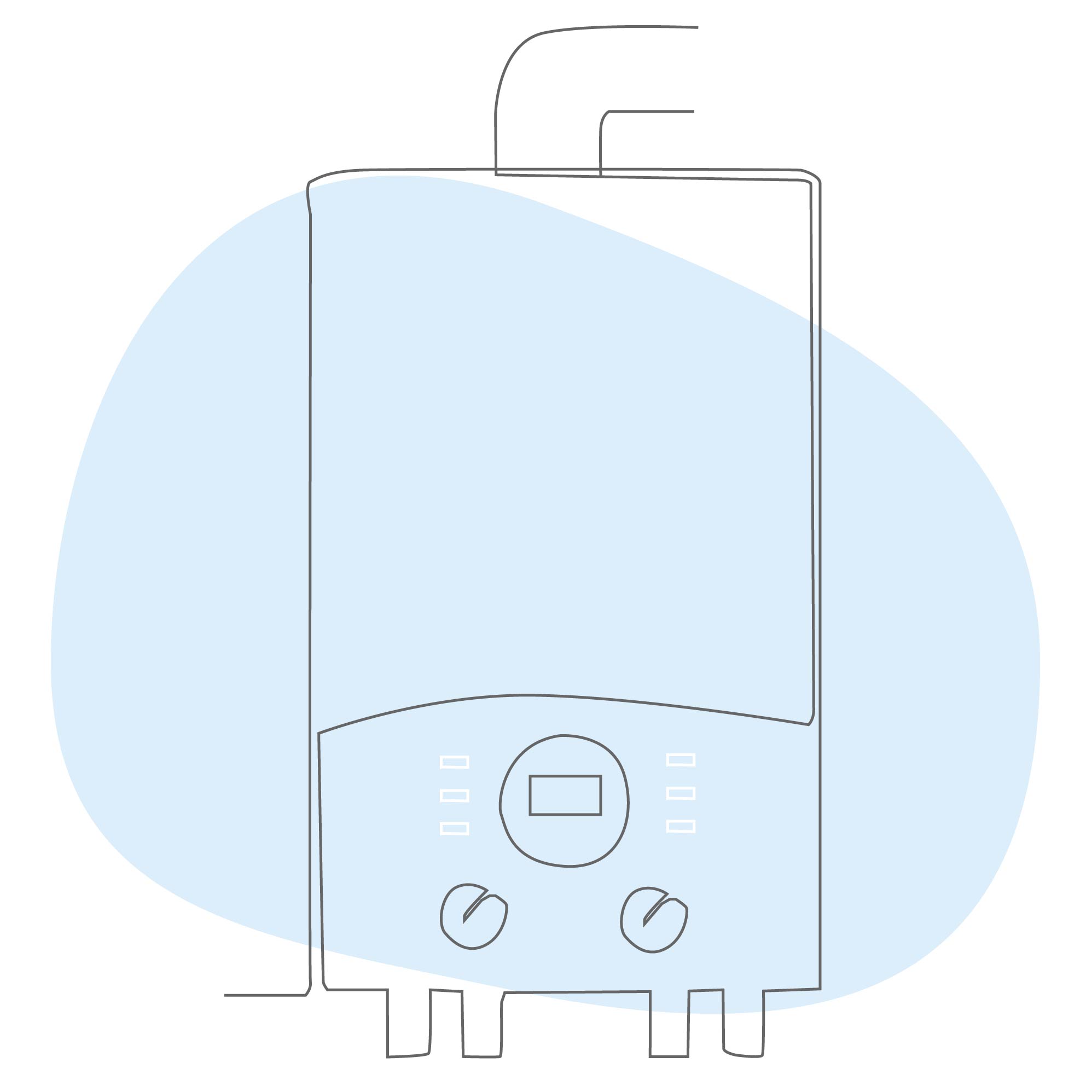 What is boiler flow temperature? Heating experts urge you to check yours now as you could be overpaying on your energy bills
What is boiler flow temperature? Heating experts urge you to check yours now as you could be overpaying on your energy billsTurning this little-known number down just a few degrees can result in some serious savings
By Lauren Bradbury
-
 Stacey Solomon has shared 5 nifty wardrobe storage hacks to make getting ready in the morning easier — and they're genius
Stacey Solomon has shared 5 nifty wardrobe storage hacks to make getting ready in the morning easier — and they're geniusThese five wardrobe storage hacks are a gamechanger
By Katie Sims
-
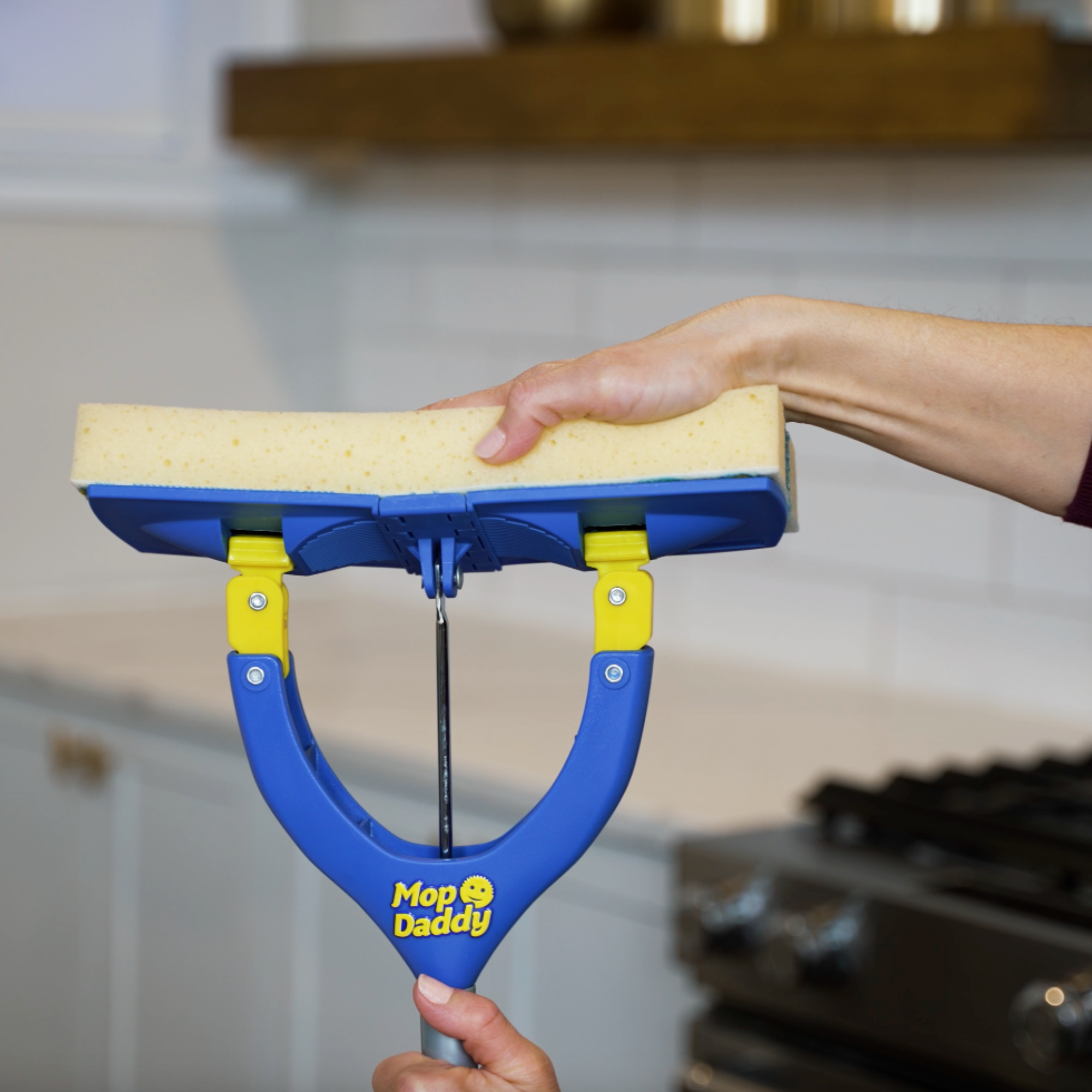 Cult cleaning brand Scrub Daddy has just launched a brand new butterfly mop — could it be the ultimate solution for banishing stubborn marks on your floor?
Cult cleaning brand Scrub Daddy has just launched a brand new butterfly mop — could it be the ultimate solution for banishing stubborn marks on your floor?We're obsessed with all things Scrub Daddy
By Kezia Reynolds